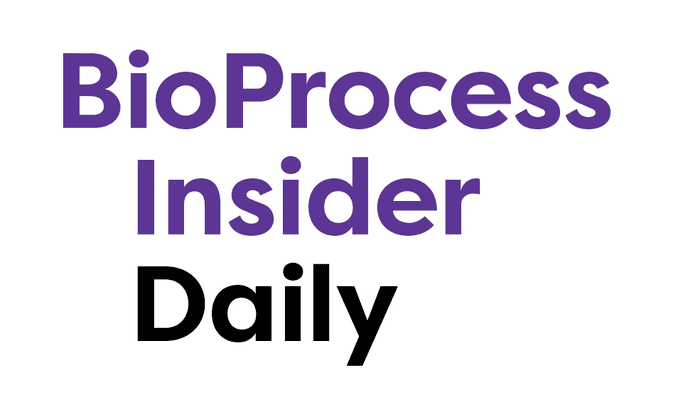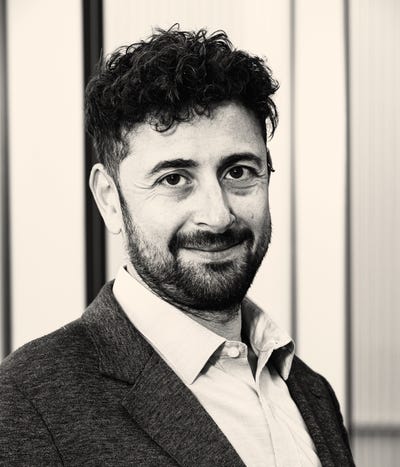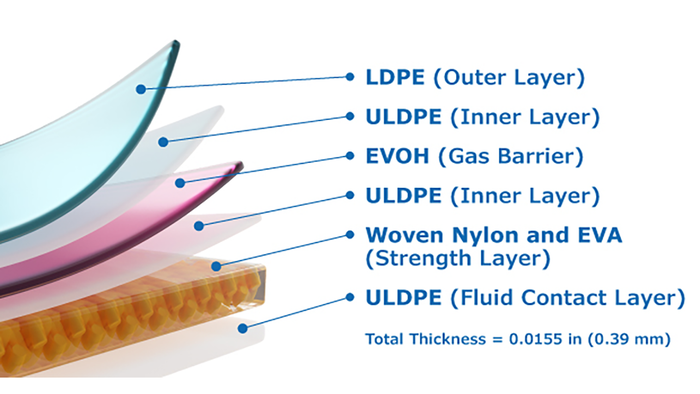UCB is a relative newcomer to the cell and gene therapy (CGT) sector. The firm publicly entered the space in 2020 through both the acquisition of Handl Therapeutics and a collaboration with Lacerta Therapeutics, but did not have its own capabilities until the commissioning of a €200 million ($215 million) gene therapy facility in Braine l’Alleud, Belgium.
Thus the firm has had to develop from scratch a “robust manufacturing process that consistently ensures product quality with best-in class productivity,” Nic Preyat, associate director of Gene Therapy CMC Development at UCB Pharma, told delegates at BPI Europe 2024 in Vienna, Austria.
“We started not so long ago, so we had no capacity internally to do process development and manufacturing.” As such, UCB began working “with some selected CROs and CDMOs in the field where we started with the basics: The selection of cell culture media, the cell line, the transfection agent.” This was essential, and Preyat praised a collaboration with Polyplus (now part of Sartorius) for helping UCB through its early days process development struggles. “That helped us to put together a batch-mode process fit for manufacturing.”
However, “with this commitment towards innovation, we wanted to go to the next step and rapidly be able to implement an intensified process relying on perfusion.”
Current commercialized gene therapy production is very low, contributing to the extremely high cost of the products – the most recently approved gene therapy, Orchard’sLenmeldy (atidarsagene autotemcel) , has a wholesale acquisition cost of $4.25 million. But using perfusion to increase recombinant adeno-associated virus (rAAV) productivity from, say, 1E+11 Vg/ml (roughly current volumes) to just 1E+12 Vg/ml, Preyat said it is possible to double yields, driving costs – and presumably prices – down.
But moving to a perfusion-mode process with third parties quickly stopped being viable, he said. “It was extremely difficult to do so when working with CDMOs and so we realized the need to internalize as much as possible, at least the development part of the CMC [Chemistry, Manufacturing, and Controls].”
As an anecdote, UCB worked with one third party manufacturer that offered just six 2-L bioreactors across its site for all of its clients. “It is extremely difficult to have rapid development with these kinds of capacities. So we think of building ownership in terms of development helped to improve the agility, the speed, and the control that we have had on development.”
Working with Sartorius’ Ambr250 HT perfusion system and Repligen’s XCell ATF platform, UCB has carried out a perfusion assessment and the facility in Belgium, expected to be operational this year, will allow UCB to reoptimize its operations. While there are numerous pain points with perfusion – high proportion of rAAV is not secreted; it is challenging when transferring to a CDMO; validating scale down model is problematic etc – these can be overcome by implementing automation, miniaturization, process intensification, and process evolution and revolution.
“Process intensification is a must,” Preyat said, but “despite technology and innovation not yet matching up, altogether perfusion could be a game changer for increasing productivity.”


.jpg?width=1280&auto=webp&quality=95&format=jpg&disable=upscale)








